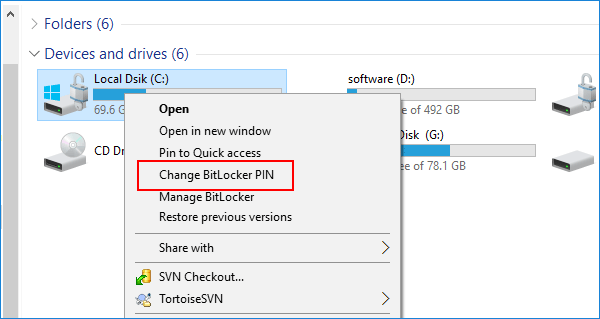
However, each manufacturer has different policies regarding when and how the failure counter is decreased or reset. Most manufacturers use the PIN authentication failure count to exponentially increase lockout time to the PIN interface. Because different manufacturers' TPMs may support different PIN and attack mitigations, contact your TPM's manufacturer to determine how your computer's TPM mitigates PIN brute force attacks.Īfter you have determined your TPM's manufacturer, contact the manufacturer to gather the TPM's vendor-specific information. The TPM has the built-in ability to detect and react to these types of attacks. If I open up SGNCSCC.EXE, it shows all ticks with no problems so its definitely talking to the server OK. Not only do you have to carry the key with you so you can find it every time when you need it, but it’s also hard to type the long 48-digit long right every single time. It performs syncs as normal, reporting its status as unencrypted, but simply doesnt prompt for a BitLocker password to be set. Select BitLocker recovery information to store: Recovery passwords and key packages A recovery password is a 48-digit number that unlocks access to a BitLocker-protected drive. For BitLocker-protected computers, this type of attack, also known as a dictionary attack, requires that the attacker have physical access to the computer. The problem Im experiencing is that Sophos SafeGuard wont prompt to set a BitLocker password.



A brute force attack occurs when an attacker uses an automated tool to try different PIN combinations until the correct one is discovered. It is possible that a personal identification number (PIN) can be discovered by an attacker performing a brute force attack.


 0 kommentar(er)
0 kommentar(er)
